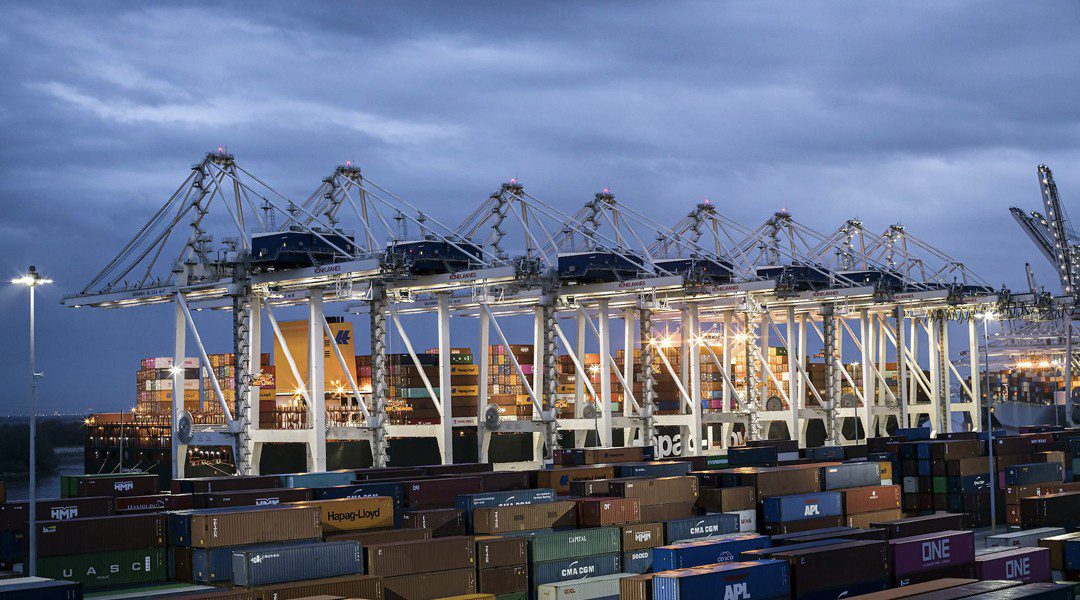 Stefan Thimm: “We need more port areas in the North Sea and Baltic – available capacity will become very limited a few years from now” (source: BWO)
Stefan Thimm: “We need more port areas in the North Sea and Baltic – available capacity will become very limited a few years from now” (source: BWO)
Industry associations have welcomed news that the federal government is to join in funding the expansion of the offshore wind terminal at Port of Cuxhaven in Germany
Reports suggest the federal government has agreed to finance the 30-hectare expansion of the offshore terminal in Cuxhaven together with the state of Lower Saxony and private industry. The expansion plan will cost €300M (US$325M).
Plans for the offshore terminal at the port have already secured planning permission, but this will expire in February 2025, so it is essential that construction starts soon. To comply with all of the requirements for construction of the new facilities, financing needs to be in place by 31 May 2024.
The expansion of Cuxhaven is essential if the federal government’s plans for the expansion of offshore wind capacity are to be met. By 2045, the government wants offshore windfarms with an installed capacity of 70 GW that will generate almost a third of Germany’s electricity. The government wants offshore wind capacity to increase from 8.3 GW to 30 GW by 2030. If these goals are to be achieved, a massive expansion in port capacity will be required.
Germany’s Offshore Wind Energy Foundation welcomed the federal government’s commitment to contribute proportionately to the cost of expanding the offshore terminal. Its president, Karina Würtz, said, “The foundation very much welcomes the agreement reached on funding. It would have been a fatal signal for the energy transition in Germany if a solution had not been found.
“Work will now continue to ensure that a long-term strategy to upgrade German seaports is implemented and that sustainable financing is secured. The agreement about the offshore terminal at Cuxhaven should be seen as a first step – albeit an important one.
“The 30 hectares of space that will now be created will not be nearly enough to meet all of the extra space required at German ports. The Foundation estimates that up to 200 hectares of additional heavy-duty area will be required by the end of the 2020s to support the construction of new offshore windfarms. Given the lengthy approval times and construction times for port expansion, we must move from talking to action at other ports.”
Bundesverband Windenergie Offshore managing director Stefan Thimm said, “In addition to Cuxhaven, it is important to push ahead with further concrete expansion projects at German ports and secure finance for them. It makes sense to underpin the offshore wind expansion goals in the North Sea and Baltic with a European port strategy.
“We need more suitable port areas in the North Sea and Baltic. Available port capacity for offshore wind projects will become very limited a few years from now. That is why we continue to propose using some of the revenue from offshore wind energy auctions to expand seaports.”
Sign up for Riviera’s series of technical and operational webinars and conferences:





